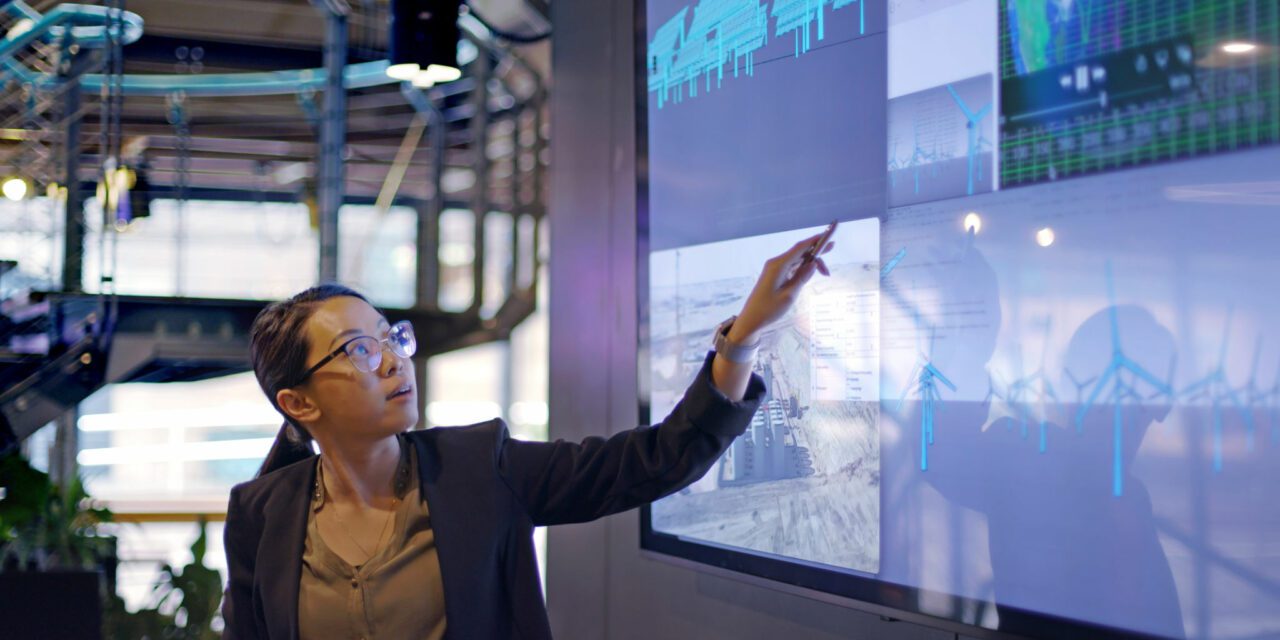Introduction to Clean Energy Technologies
Clean Energy Technologies In recent years, the global conversation around energy has undergone a significant shift. With growing concerns about climate change and environmental sustainability, there has been a remarkable surge in the development and adoption of clean energy technologies. This revolutionary wave is not just a response to the challenges we face but a proactive step towards reshaping the future of energy. In this blog post, we will explore the rise of clean energy technologies and their transformative impact on the energy landscape.
Clean Energy Technologies
-
The Urgency of Change:
The current energy landscape is dominated by fossil fuels, contributing to greenhouse gas emissions and environmental degradation. The urgency to address climate change has accelerated the need for cleaner alternatives. Clean energy technologies, encompassing solar, wind, hydro, geothermal, and more, offer a sustainable path forward.
-
Solar Power: Harnessing the Power of the Sun:
Solar energy has emerged as a frontrunner in the clean energy revolution. Advances in photovoltaic technology have made solar panels more efficient and affordable, enabling widespread adoption. The ability to harness the sun’s abundant and renewable energy has positioned solar power as a cornerstone in the transition towards a cleaner energy future.
-
Wind Energy: Riding the Winds of Change:
Wind power, another pillar of clean energy, has experienced significant growth. Technological advancements in wind turbine design and efficiency have made wind energy a competitive and viable source of electricity. Wind farms, both onshore and offshore, are becoming increasingly common, contributing to a diversified and sustainable energy mix.
-
Hydropower: Tapping into the Flow:
Hydropower has long been a reliable source of renewable energy. By harnessing the power of flowing water, hydroelectric plants generate electricity without emitting greenhouse gases. Innovations in hydropower technology, such as run-of-river and tidal energy systems, are expanding the reach and impact of this clean energy source.
Clean Energy Technologies
-
Geothermal Energy: Unleashing Earth’s Inner Heat:
Geothermal energy, derived from the Earth’s internal heat, is gaining attention for its reliability and low environmental impact. Geothermal power plants tap into the natural heat beneath the Earth’s surface to produce electricity and heat buildings. As technology continues to advance, geothermal energy holds great potential for widespread adoption.
-
Energy Storage Solutions: Overcoming Intermittency Challenges:
One of the challenges faced by renewable energy sources is intermittency. To address this, energy storage technologies, such as advanced batteries, are playing a crucial role. These solutions enable the storage of excess energy generated during peak times, ensuring a stable and consistent power supply even when the sun isn’t shining or the wind isn’t blowing.
-
Smart Grids and IoT Integration: Enhancing Efficiency:
The integration of smart grids and the Internet of Things (IoT) is revolutionizing the way energy is produced, distributed, and consumed. Smart grids enable real-time monitoring and optimization of energy usage, reducing waste and improving overall efficiency. IoT devices contribute to a more interconnected and responsive energy infrastructure.
-
Government Initiatives and Policies: Catalyzing Change:
Government initiatives and policies play a crucial role in accelerating the adoption of clean energy technologies. Subsidies, incentives, and regulations are shaping the energy landscape, encouraging investment in sustainable practices and technologies.
Conclusion of Clean Energy Technologies
The rise of clean energy technologies represents a pivotal moment in our quest for a sustainable and resilient future. As these technologies continue to evolve and become more economically viable, the energy landscape is undergoing a profound transformation. By harnessing the power of the sun, wind, water, and Earth’s internal heat, coupled with innovative storage solutions and smart infrastructure, we are paving the way for a cleaner, greener, and more sustainable world. The journey towards a renewable energy future is not just a necessity; it is an opportunity to redefine the way we power our planet for generations to come.





